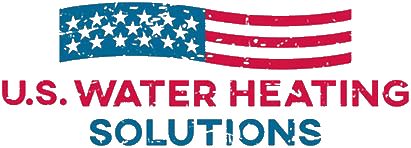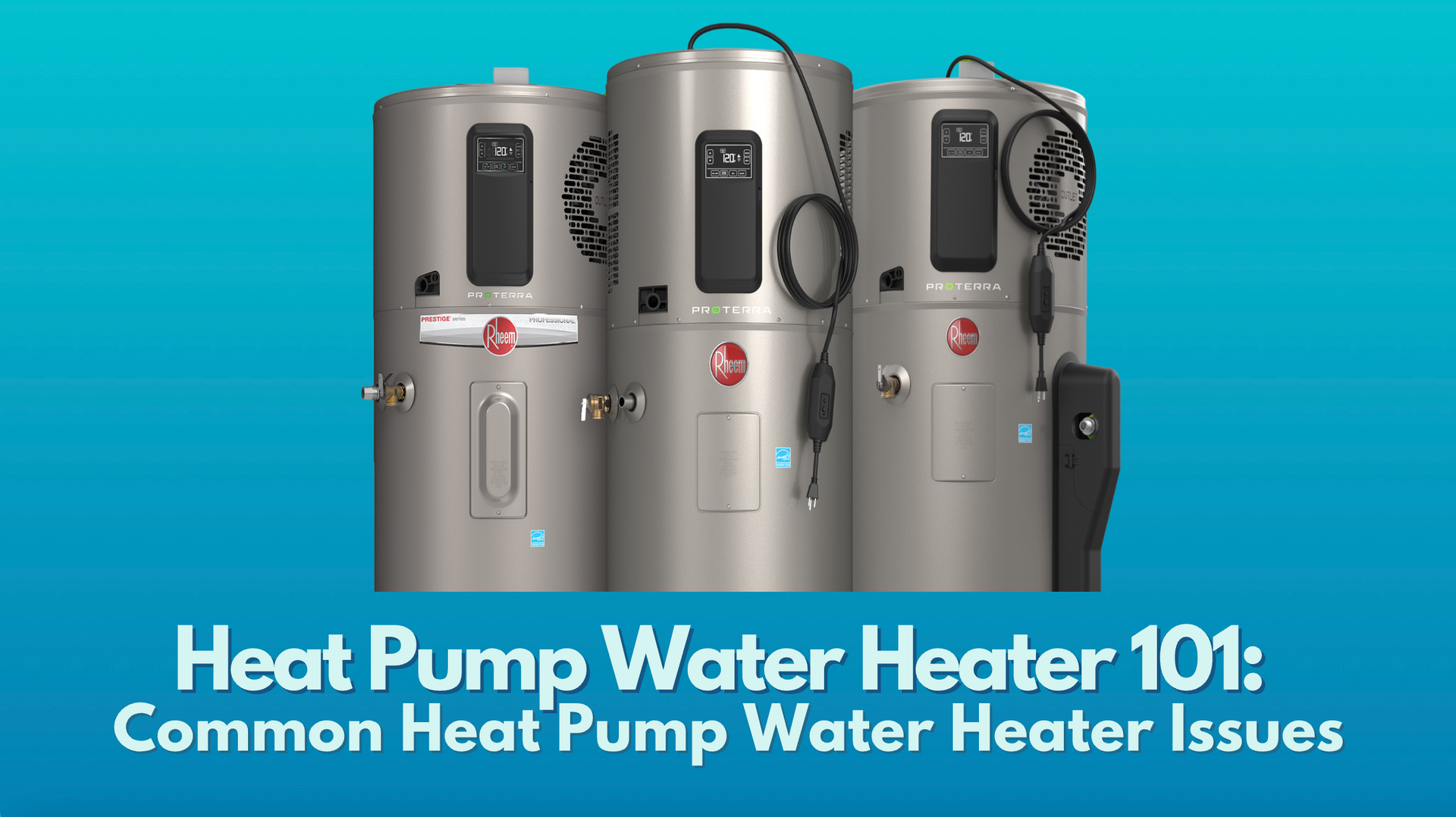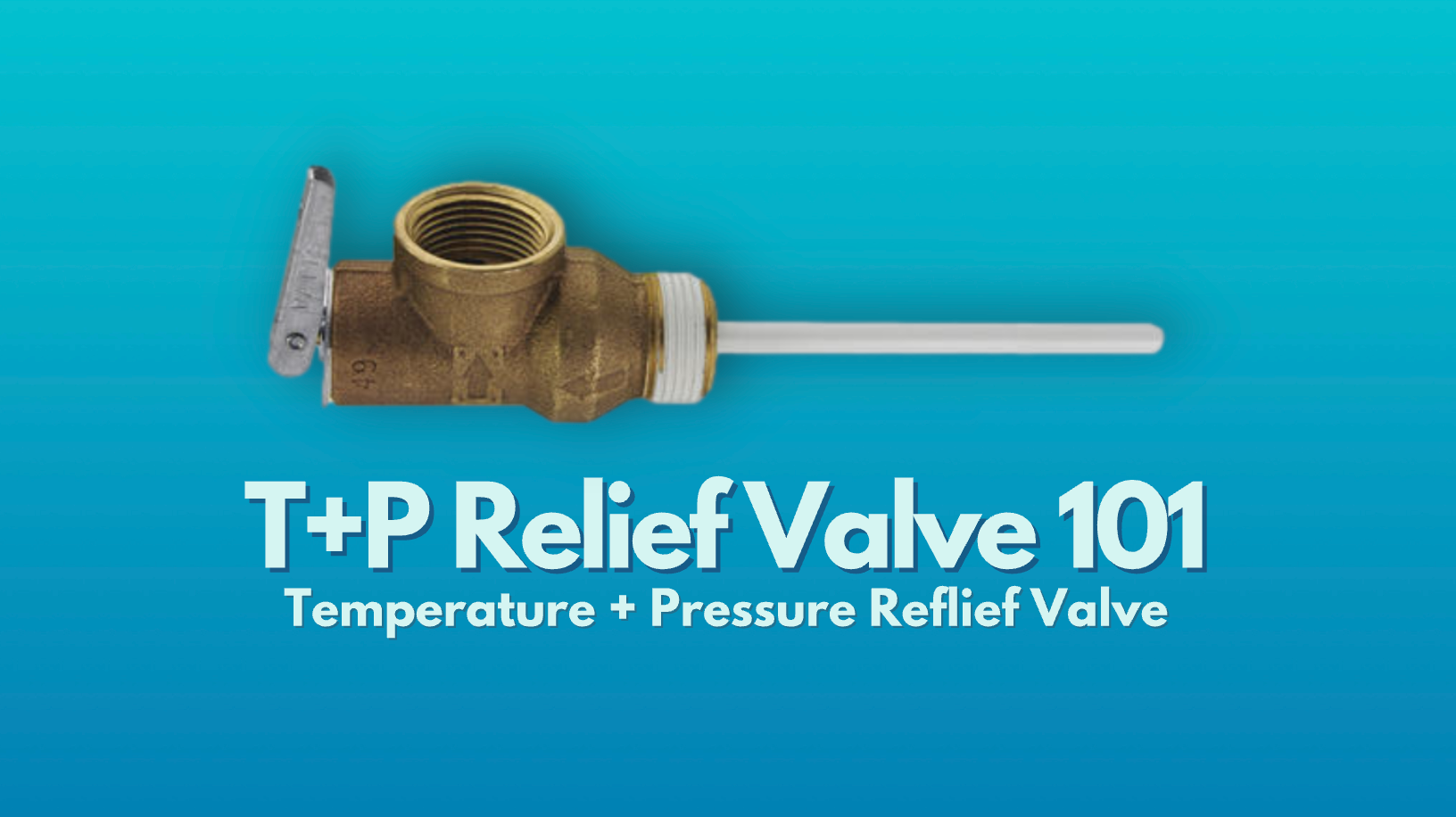5 Common Water Heater Myths Debunked
Water Heater Misconceptions
Water heaters can be a complicated appliance. When questions arise, many people pick up information from well meaning friends and neighbors. However, sometimes, the information passed from neighbor to neighbor isn’t exactly accurate. We debunk the most common water heater myths to help homeowners learn the truth and make the best decisions regarding their home’s hot water system.

Myth #1. “Under Warranty” Means 100% Free Repair
If you have a water heater under 10 years old, it may still be covered under warranty. A warranty pays for the cost of premature repairs. However, there are different types of warranty coverage.
A water heater will fall under one of two types of warranty coverage:
- labor, parts, and tank or
- parts and tank
only
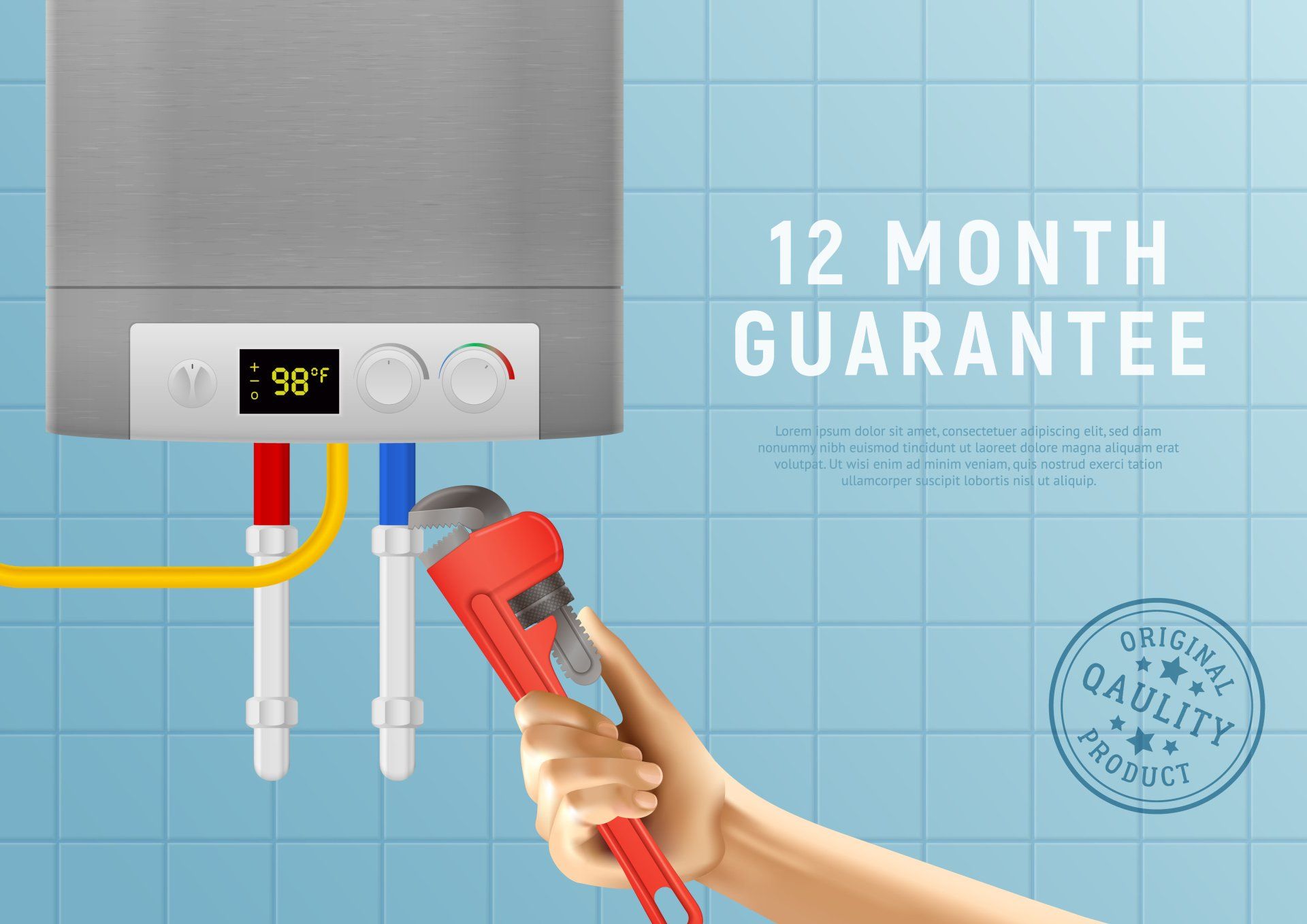
The manufacturer will cover the entire repair costs for a water heater covered by a complete warranty that covers the tank, parts, and labor.
The manufacturer will cover the costs of parts for a water heater covered by a limited warranty that only covers the tank and parts, but the owner will need to cover the cost of the labor. The owner will be responsible for the cost of labor.
If you think your water heater is still under warranty, it’s important to verify warranty coverage with the manufacturer to manage expectations before scheduling
water heater repair.

Myth #2. Tankless Water Heaters Can’t Satisfy High Hot Water Demands
Many people don’t know that tankless water heaters have been around almost as long as traditional water heaters. However, they only became popular more recently.
In addition to the upfront investment, homeowners often hesitate to upgrade to a tankless water heater due to fear that the smaller unit won’t satisfy the needs of a family, but tankless water heaters can indeed supply enough water for a large household or even a commercial facility.
Tankless water heaters produce water at a flow rate measured in gallons per minute (GPM). The flow rate is determined by the capabilities of the unit and the temperature rise (temperature difference between the incoming water and outgoing water). The flow rate gets spread out among all of the open fixtures connected to the unit.
A tankless water heater with 11 GPM can satisfy quite a few fixtures, depending on the requirements of the fixtures and the temperature rise.
If 11 GPM can’t satisfy a particular household’s needs, you may be able to connect an additional unit to the system. Connecting two units with a flow rate of 11 GPM increases the flow rate to 22 GPM.
Keep in mind that gas water heaters have the ability to produce hot water at a greater rate than electric water heaters. You won’t find many electric tankless water heaters that can produce water at rates greater than 7 - 8 GPM.
Myth #3. Low Maintenance Means No Maintenance
Many water heaters are advertised as “low maintenance”. This means that you shouldn’t have to perform maintenance as often as other models, but it doesn’t mean that the unit doesn’t require any maintenance.
Some of the things you should do as part of annual maintenance for
all water heaters include:
- Perform a visual inspection
- Flush the water heater
- Tighten connections
- Inspect/replace the anode rod
If you fail to perform the required maintenance, your water heater may end up filled with hard water sediment buildup, which can cause the components inside the unit to malfunction.
Furthermore, without proper maintenance, the tank may succumb to corrosion prematurely, meaning you’ll need to replace the entire unit before you anticipated the expense.
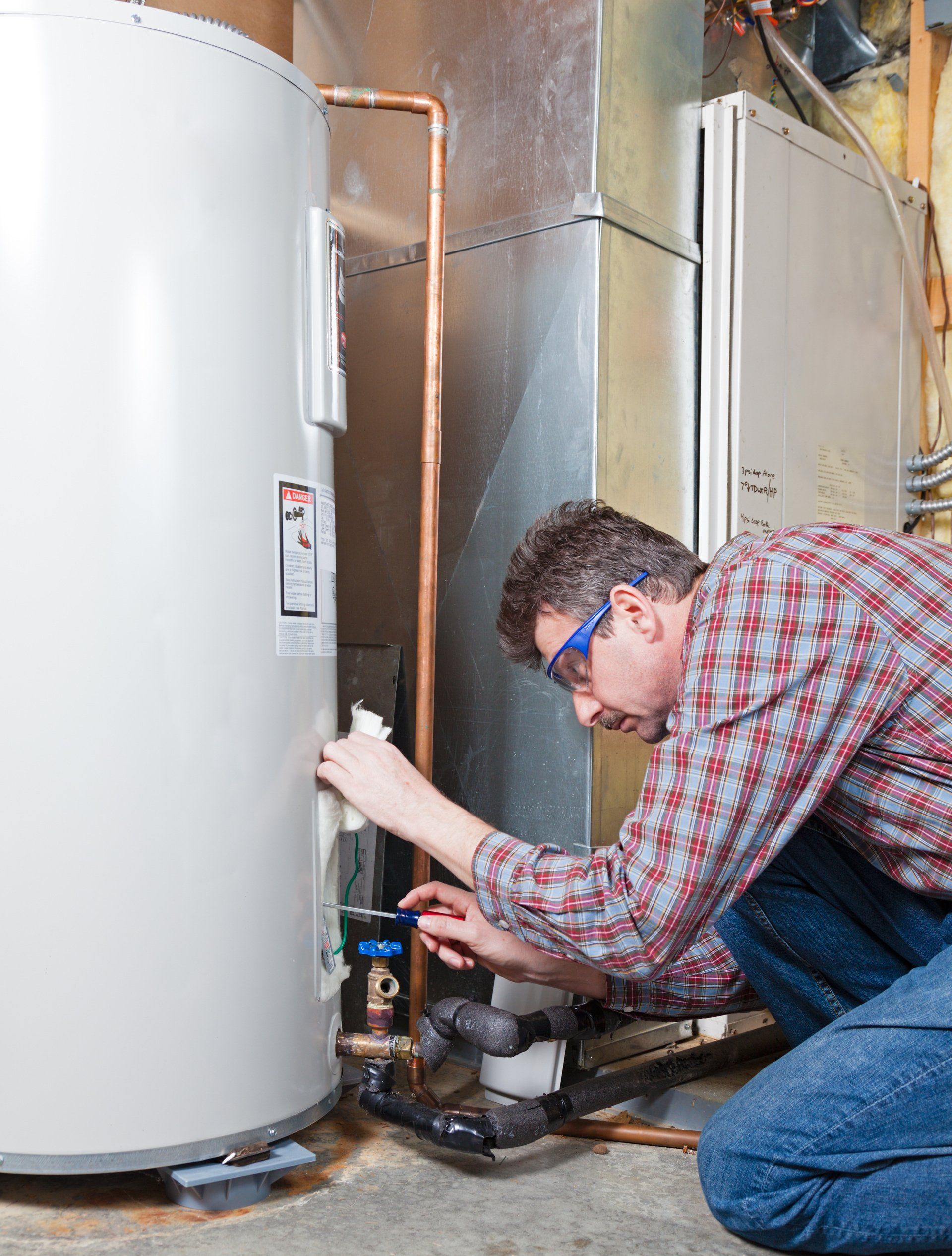
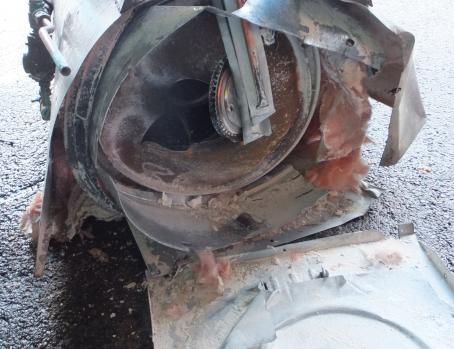
Myth #4. Water Heaters are Dangerous
Some people consider water heaters dangerous, and they may have been pretty dangerous in the past, but modern water heaters have numerous safety features that protect homeowners from hazardous situations.
Some of the safety features you’ll find on most water heaters include:
- ECO (Emergency cut off) or High Limit Thermal Switch
This switch is a temperature cut off, which prevents overheating by turning off the water heater if sensors indicate excessive temperature levels.
- Temperature and pressure relief valve (T&P relief valve)
Hot water heaters generate a substantial amount of pressure, so they are made to withstand high pressure levels. However, there’s a limit to what the material can withstand. When pressure levels reach a certain point, the T&P valve automatically opens, allowing excess pressure (and a little bit of water) to escape.
- Flammable vapor ignition resistant (FV) sensor.
Some gas water heaters use a pilot light to ignite the gas burner. Naturally, you don’t want flammable materials near the open flame. These units come with a
Flammable vapor ignition resistant (FV) sensor. The FVIR sensor turns off the ignition if it detects high levels of flammable material, such as gas, carbon monoxide, or ammonia.
- Gas water heater ventilation
Gas water heaters emit carbon monoxide. The carbon monoxide needs to escape so that people in the house don’t breathe it in. Therefore, gas water heaters include ventilation that transports the gas outside. For more on the importance of venting safety, see our Venting 101 Series:
Part #1 and
Part #1
Thanks to these safety features, serious water heater accidents very rarely happen. With that being said, it’s still best to recognize the
signs of a water heater about to explode. Just in case.
Myth #5. Tankless Water Heaters Produce Hot Water Immediately
Tankless water heaters produce endless hot water. However, they don’t produce instant hot water. The water will still need to travel from the tankless heater to the fixture. For remote fixtures, this can take some time.
In order to get hot water in seconds, look for a system with a reciprocating hot water system. A reciprocating system keeps hot water constantly traveling through dedicated pipes to ensure that there’s always hot water nearby every fixture of the house.
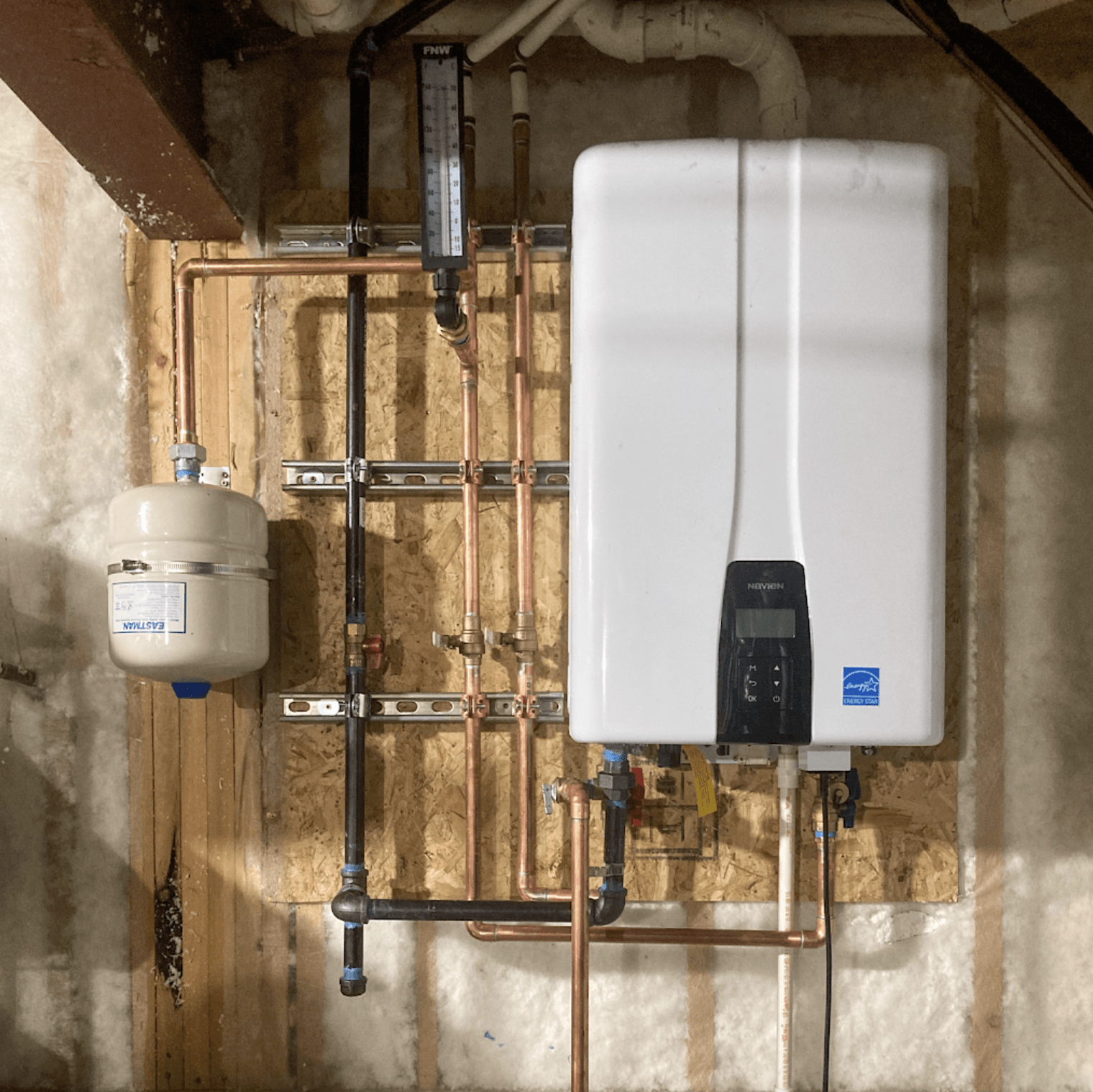
U.S. Water Heating Solutions
At U.S. Water Heating Solutions, we aspire to clear up any confusion you may have about your water heater. We will also provide you with proper water heater services, sticking with our training instead of myths.
Contact us at (833) 879-4776 or
fill out this form to get a quote.
To learn more about common water heater myths,
watch our Instagram reel! Don’t forget to follow us!



